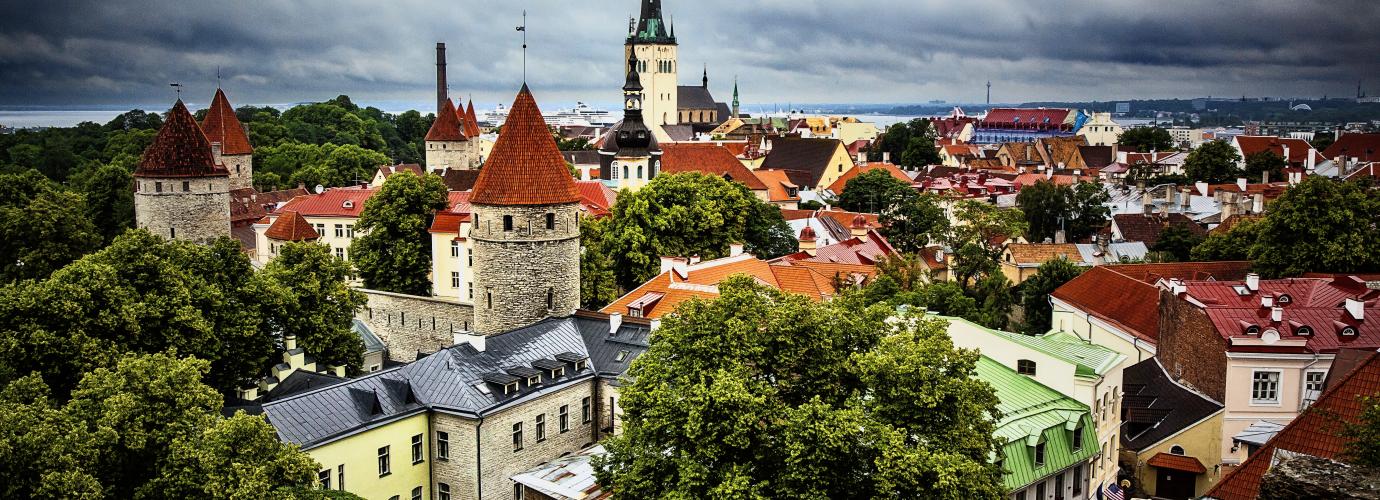The Republic of Estonia is a small state in Northern Europe, bordering with Finland across the Gulf of Finland to the north, with Sweden across the Baltic Sea to the west, with Latvia to the south and with the Russian Federation to the east. With its 1.33 million inhabitants (2021), Estonia is a country among the European Union’s countries with smallest populations. Estonia is influenced by a seasonal weather of the temperate latitude. The area of Estonia is 45,339 m2.
Estonia is a democratic parliamentary republic divided into 15 counties. Tallinn is the capital and the largest city. Since 22 September 1921, Estonia has been a member of the League of Nations and since 17 September 1991, a member of the United Nations Organisation, since 1 May 2004, a member of the European Union, since 29 March 2004, a member of NATO and since 9 December 2010, a member of OECD. Since 1 January 2011, the Euro has been the currency of Estonia.
Estonians are a Finno-Ugric nation closely related to Finns. Estonian is the official language. In Narva, Kohtla-Järve, Sillamäe and some other cities, Russian-speakers form the majority. According to the 2012 census, Estonians make up 68.7%, Russians 24.8% and other nationalities 6.4% of the Estonian population.

